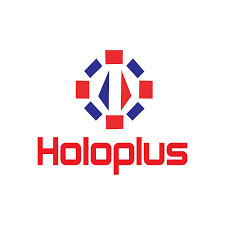A carton box is a type of packaging container made from paperboard or corrugated fiberboard. These boxes are widely used for shipping, storing, and protecting goods due to their durability, lightweight nature, and ease of manufacturing. Here are some detailed aspects of carton boxes:
Materials
1. **Paperboard:** Used for lighter, smaller boxes, typically for retail packaging.
2. **Corrugated Fiberboard:** Consists of a fluted corrugated sheet and one or two flat linerboards, providing greater strength and protection. Commonly used for shipping and heavy-duty packaging.
Types of Carton Boxes
1. **Single Wall:** One layer of fluting sandwiched between two linerboards. Suitable for most standard shipping needs.
2. **Double Wall:** Two layers of fluting and three linerboards. Provides extra strength and protection for heavier or more fragile items.
3. **Triple Wall:** Three layers of fluting with four linerboards. Used for industrial shipping and very heavy or bulky items.
Common Styles
1. **Regular Slotted Container (RSC):** The most common style, with flaps that meet in the middle when closed.
2. **Full Overlap Container (FOL):** Flaps fully overlap when closed, providing extra strength and protection.
3. **Half-Slotted Container (HSC):** Similar to RSC but with an open top, often used as a cover or for easily accessible storage.
4. **Die-Cut Custom Boxes:** Tailored to specific shapes and sizes, often with added features like handles or display windows.
Advantages
1. **Lightweight:** Easy to handle and reduces shipping costs.
2. **Durable:** Provides protection against physical damage, dust, and dirt.
3. **Recyclable:** Made from renewable resources and can be recycled, making them environmentally friendly.
4. **Customizable:** Can be printed with branding, instructions, or other information.
Uses
1. **Shipping:** Protects products during transportation.
2. **Storage:** Ideal for organizing and storing goods in warehouses or homes.
3. **Retail Packaging:** Attractively designed for product display and customer appeal.
4. **Moving:** Commonly used for packing personal belongings during relocations.
Manufacturing Process
1. **Pulping:** Wood fibers are converted into pulp.
2. **Papermaking:** Pulp is processed into paper sheets.
3. **Corrugating:** Paper sheets are made into corrugated fiberboard by gluing fluted paper between flat linerboards.
4. **Die-Cutting:** Fiberboard is cut and folded into specific box shapes.
5. **Printing:** Boxes are printed with branding or product information.
6. **Assembly:** Boxes are folded and glued or taped into final shapes.

